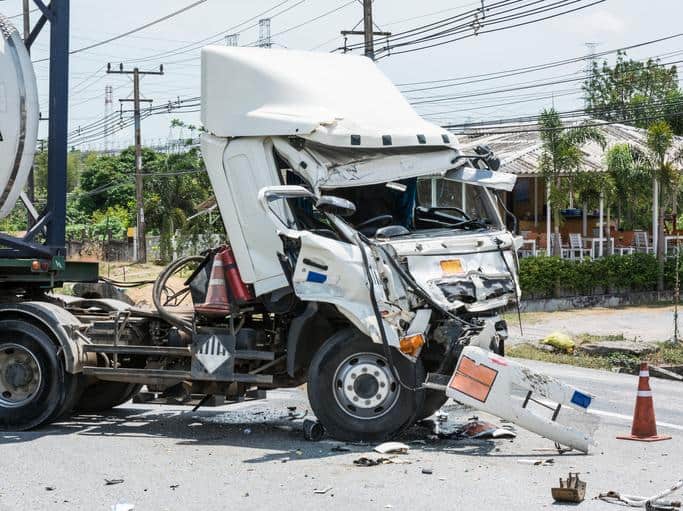

(844) - 444-4444

Big trucks populate our roadways. They transport a wide range of materials and consumer goods and are essential to our economy. A wide range of state and federal regulations shape this sector, attempting to improve the safety of commercial truck drivers and those on the road around them. As we covered in an earlier piece, the Federal Motor Carrier and Safety Administration (FMCSA) and National Highway Transportation Safety Administration (NHTSA) try to make American roadways safer through various regulations and public safety initiatives. The added size and mass of commercial vehicles allow them to carry large loads, but this often poses an added safety risk. Commercial vehicles like tractor trailers and semi-trucks are generally more difficult to control than smaller vehicles and when a crash does occur the injuries can be catastrophic. When truck accidents happen, lives are often changed.
Let’s look at some recent statistics published by the FMCSA. Every year the agency publishes an annual report that contains “descriptive statistics about fatal, injury, and property-damage-only crashes involving large trucks and buses.” Statistics are pulled from four major sources within the FMCSA and NHTSA, providing a summary of crash statistics over time and recent trends. The most recent report is for the year 2020, whose stats are obviously affected by the COVID-19 pandemic.
Notable trends include:
Aside from their large size, what other factors contribute to make large trucks more dangerous than other vehicles on the road. According to the Center for Disease Control and Prevention (CDC), long-haul truckers on average work 60 hours per week and drive over 100,000 miles per year. Truck drivers are “at risk of drowsy and distracted driving,” according to the CDC. There is no question that large trucks pose, in the words of the National Transportation Safety Board (NTSB), “a disproportionate hazard to passenger vehicle occupants involved in a crash due to their sheer size, weight, and physical properties.”
The NTSB, in consultation with its crash investigation team, recommends that commercial truck drivers:
The attorneys at William Mattar, P.C. have extensive experience helping injured New Yorkers after truck accidents on New York roads. Truck crashes can get complicated especially when it comes to post-crash investigations and review of the involved driver’s hours of service log. If you were injured in a New York truck crash, please do not hesitate to give our attorneys a call. We would be honored to review the unique circumstances of your case.





